India: Touring Fort Kochi and a bit of Kathakali
After our filling vegetarian breakfast at our hotel we were ready to go off and do a bit of sightseeing. The low rickshaw prices and the stifling heat meant that we chose to do our tour under the power of an engine rather than with our legs on a bike. We are not being lazy, we have spent the last two months in long trousers and shoes in Korea and China and need time to acclimatise. We did our negotiations with the driver and set off on a two hour whirlwind tour of Fort Kochi.
Potted History of Kochi
Kochi is a port town and also host to the Indian Navy who occupy one of the reclaimed islands in between Ernakulum town and Fort Kochi. It has been an important shipping and spice trade centre for centuries, as a result has been ruled by the European invaders over the last few hundred years until independence in 1947.
First the Portuguese ruled the land after Portuguese navigator, Pedro Álvares Cabral established the first European settlement in India in 1500. From 1503 to 1663 the Portuguese had it their own way until the Dutch took over for the next few hundred years. Finally the Dutch did a deal during the Anglo-Dutch Treaty of 1814 and rule was ceded to the UK in exchange for other resource rich lands around Asia.
The city’s famous iconic image is the Chinese nets that sit on the northern tip of Fort Kochi Island. Interestingly for us, as we had arrived in Kochi from there, they were introduced by settlers from Macau, which at the time was also under Portuguese rule.
Until 1539 Kochi hosted the grave of Vasco da Gama, the first European explorer in India. He was buried at St. Francis Church until his remains were returned to Portugal, the grave stone, although mostly illegible, still sits in the church here. This church was built in 1503 and is said to be the first European church built in India.
A tour around the island from Fort Kochi will take you through Hindu, Muslim, Christian and Jewish quarters. They all seem to happily co-exist together and your tour will include a selection of Temples, churches and mosques. One temple, we were told, no longer allows visitors inside after a young American couple went inside a little tipsy and thought it would be fun to fondle each other in a Hindu temple. Thanks for spoiling that for all of us.
Given their age, the Christian colonial churches and the Paradesi Synagogue are some of the most impressive religious sites on offer. My favourites were St Peter and Pauls at Amaravathy and Santa Cruz Basilica in the main town.
We ended our tour back at the Chinese fishing nets and decided on a little seafood snack. We bought ten hand sized Tiger prawns for 250 Rupees (US $4) and then found one of the local restaurants who will happily cook them for you in any style for a further 100 Rupees.
Old or New Taxis in India
I also cannot tire of seeing the wonderful Ambassador taxis and cars around the place. From the outside at least many of them look brand new and those that own them seem to care for them like their own children. They sparkle and shine as if they have just left the showroom, although that could have been decades ago, or just a few years as they have been in production for half a century.
It seems the latest trend is to re-badge the cars, I saw a selection with Mercedes or Audi badges on the front or on the wheel trims, not sure who they are trying to kid.
“Dhobi” – The Laundry ‘Caste’
We also made a visit to a the Dhobi Khana laundry. Now you may think this odd visiting a laundry, but is a fascinating little stop to see how washing has been done for over half a century here. We are told it is only the tourism industry keeping the place alive now. We had our washing returned that same morning so it was intriguing to see where it was actually done.
The clothes are cleaned in baths, arranged like cubicles and beaten and scrubbed to within an inch of their life before being spun in modern spin dryers. One of the few pieces of electrical equipment in use here, the rest is human energy and hard work. The washing is then hung out on tree branches and coir twisted washing lines to dry before making its way back into the main building to be pressed. Mostly with old fashioned heavy irons filled with burning coconut husks to provide the heat. The Dhobi Khana is not far out from the Fort and is well worth a trip to see. The staff and owners seem happy to welcome tourists, possibly in the hope that it will help allow their business to continue for a few decades more.
Kathakali performance
For our evening entertainment we decided upon a cultural performance. Tonight’s choice was to be Khatakali theatre. On the whole we tend to avoid these things arranged to attract the tourist money, but in this case I had read lots of good things. We also got a recommendation from our host at the Goodkarma about one of the better ones in town.
In the end we both really enjoyed this more than we expected. You get to arrive an hour before the performance begins so that you can watch the performers apply their makeup. Now this is not any old bit of slap and tickle greasepaint. This is a painstaking task of applying different naturally dyed make up in elaborate designs to the faces of the performers, in addition to a variety of masks.
Some of the makeup is applied by the performers themselves and then they move to one of the makeup artists who complete the elaborate look before the actors retreat to get into their costumes.
The performers spend 4-6 years training to be able to perform this spectacle whether they are a singer, actor or drummer. It really did show in the final performance. The stage was tiny and we were an audience of about 80 people but the show was neither amateur nor small.
Given most of the audience has none of the language skills to appreciate what is going on the theatre provide a handout which gives you the basic outlines of the story you are about to see unfold before your eyes. In addition to this the performers spend the first half hour explaining how the story is told through the use of facial expressions and a series of sign language gestures, sung narration and drumbeats. These together allow the locals to know what is going on with the story.
This really was a fantastic introduction to the art and made what followed so much easier to appreciate, if not understand completely. I videoed a little of the facial animations to give you a flavour of what is like. It is a bit over the top in isolation, but in the main performance it seemed perfectly right in the context of the whole event.
Our story that evening was the Killing of Dussasana which involves the following acts
- a gambling game gone bad where someone bet their wife and then lost
- an evil character who won the wife and then treats her badly
- an appeal to Lord Krishna for help
- a curse, a fight which leads to the tearing out of the heart of the evil character
- the rubbing of the wife’s hair with the heartless evil characters blood
- the blessing of these acts by Lord Krishna
- Finally the couple are reunited in love – the end.
If you do one thing in Kerala I would go and see one of these performances, get one that is recommended, and trust me you will have a quite mesmerising hour following the story. It only costs 250 Rupees each so if in the end you don’t like it you have wasted only the cost of a Starbucks.


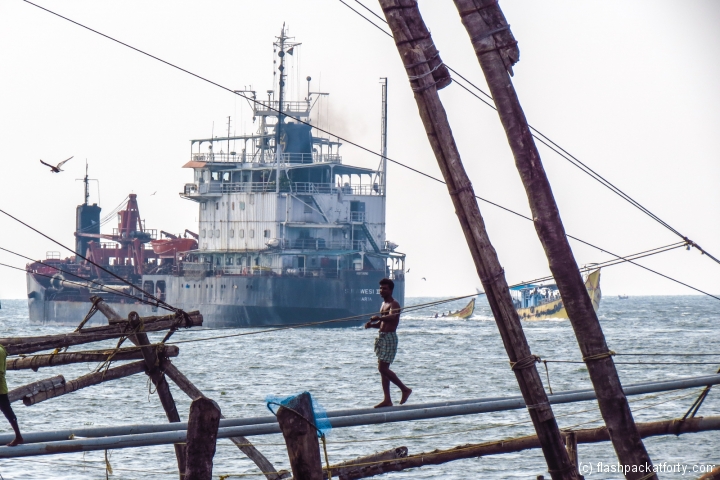

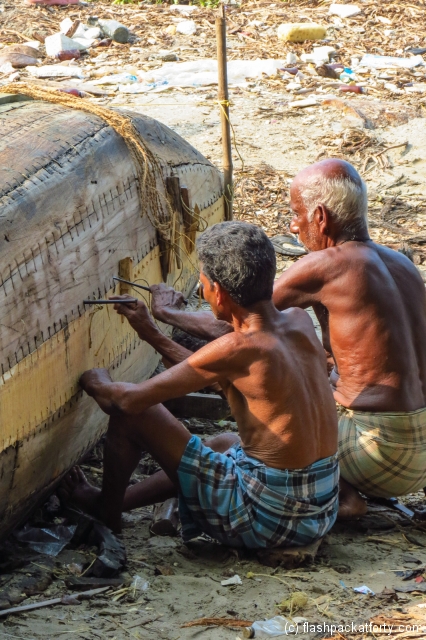
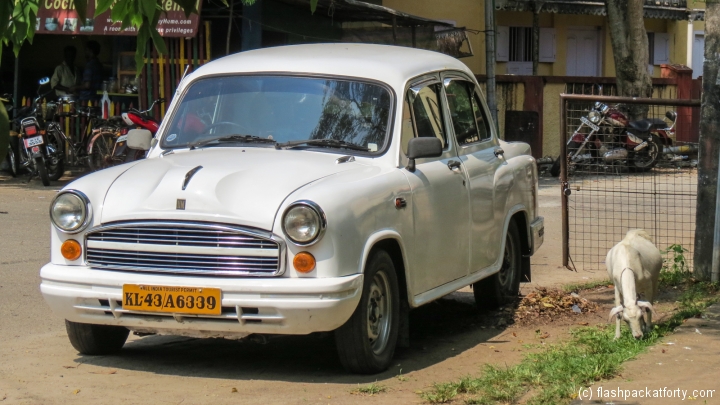
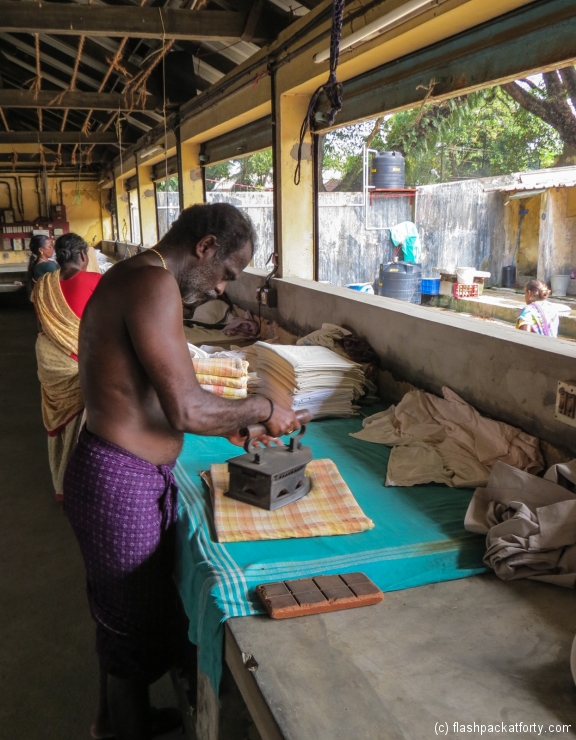
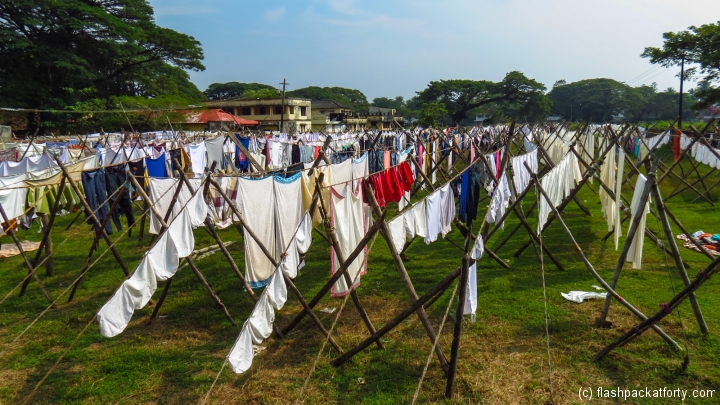
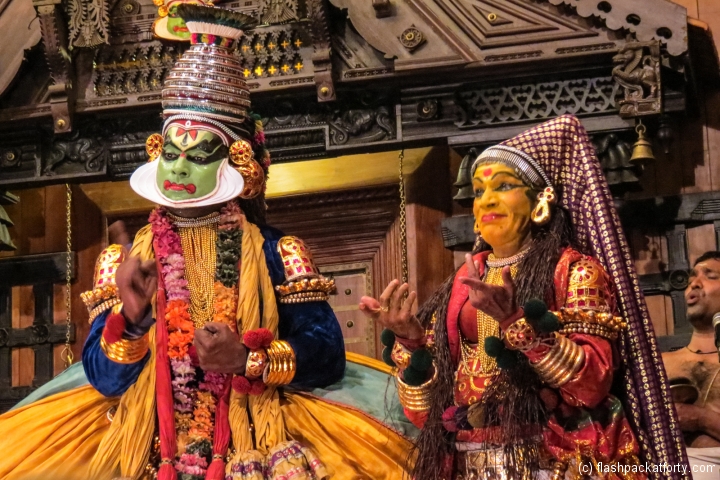

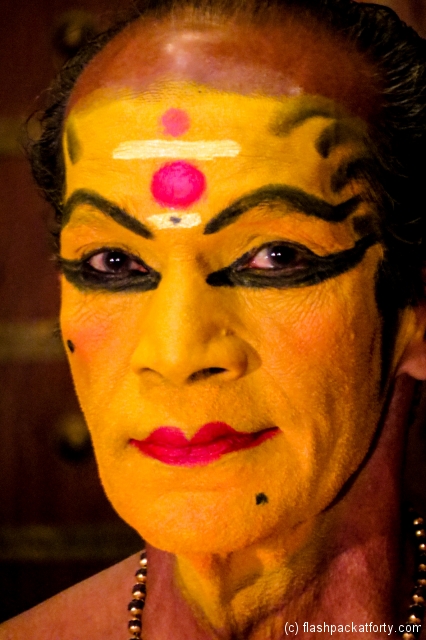


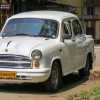
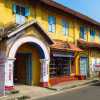
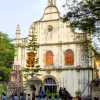

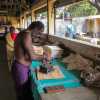
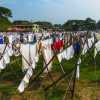
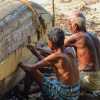
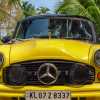

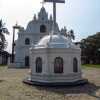

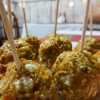
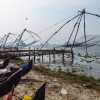
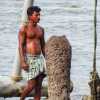



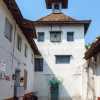

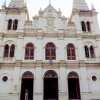
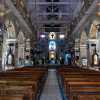
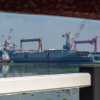


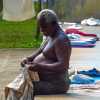


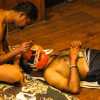
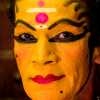

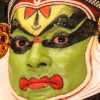

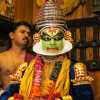


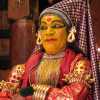
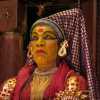
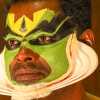


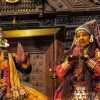
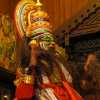
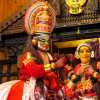

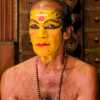
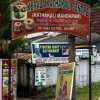

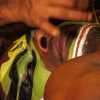

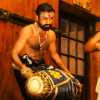


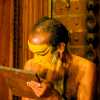










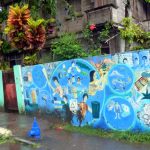

great post love Kerala and my in laws still use laundry services for sheets
These are wonderful shots of such beautiful makeup/costumes. Makes itch to get there and see it in person.
It was quite an experience, especially as you had the pleasure of the preparations.